Walking the Nakasendo: Through Usui Pass to Karuizawa
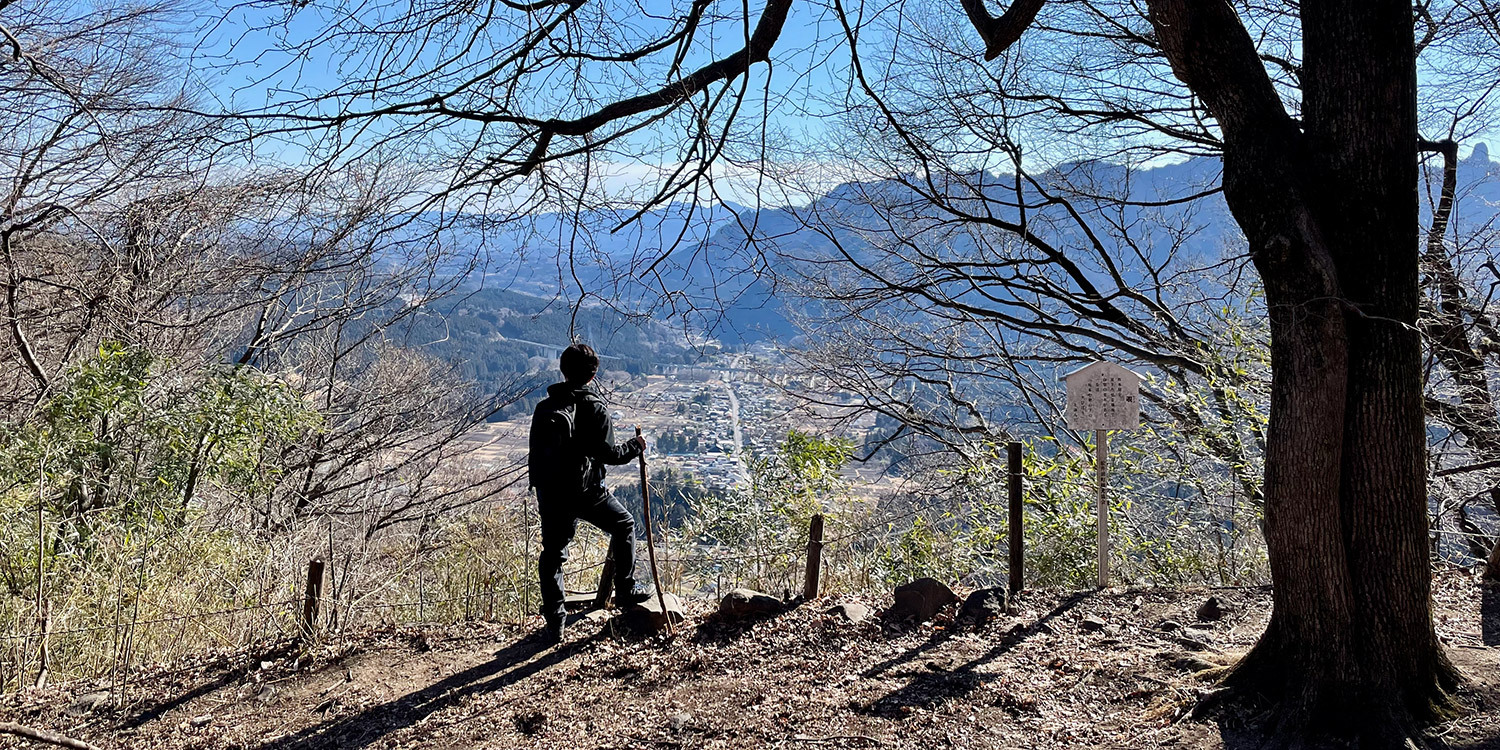
Experience part of the old Nakasendo between the post towns of Karuizawa-juku and Sakamoto-juku
Resting on a plateau between 900 to 1,000 meters high, Karuizawa is one of Japan’s most famous summer resort areas. Karuizawa has an image of being a Westernized town, full of luxurious villas, but it started as a traditional Japanese post town along the Nakasendo highway.
While much of Karuizawa has changed, you can experience part of the old route by walking between the post towns of Karuizawa-juku and Sakamoto-juku. Here you’ll find many vestiges of the Nakasendo and cross Usui Pass, a 1,200-meter-high point with excellent views of the area’s mountains.
The Ruins of Usui Sekisho and Sakamoto-juku
A few hundred meters along the old Nakasendo from Yokokawa Station are the remains of the Usui Sekisho barrier. Among other things, these barriers prevented firearms from entering and women (the wives of warlords kept as political hostages) from leaving Edo. Today visitors can see a small monument and reconstruction of the eastern gate.
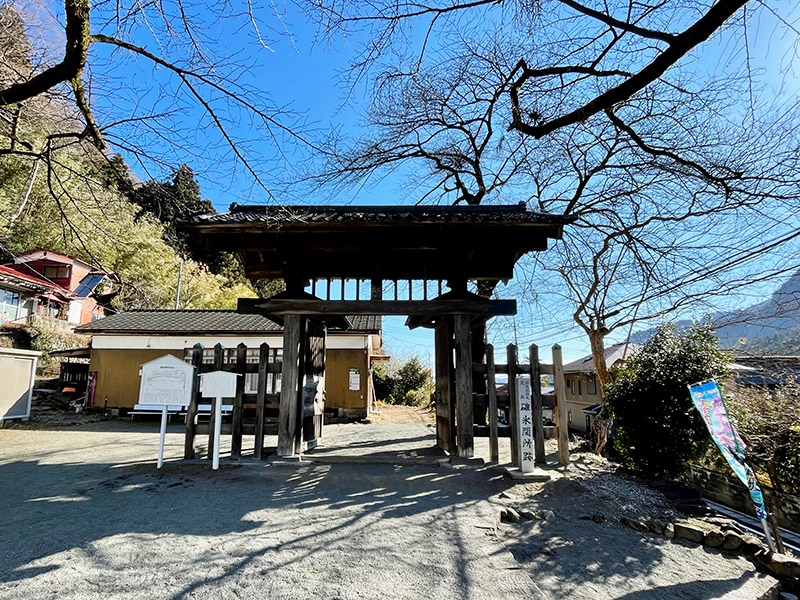
Moving further along the road from the barrier station, the streets of Sakamoto-juku spread out along the path. Sakamoto-juku is not a bustling tourist destination, but the buildings with their historical facades are interesting to look at and help recreate the atmosphere from the past.
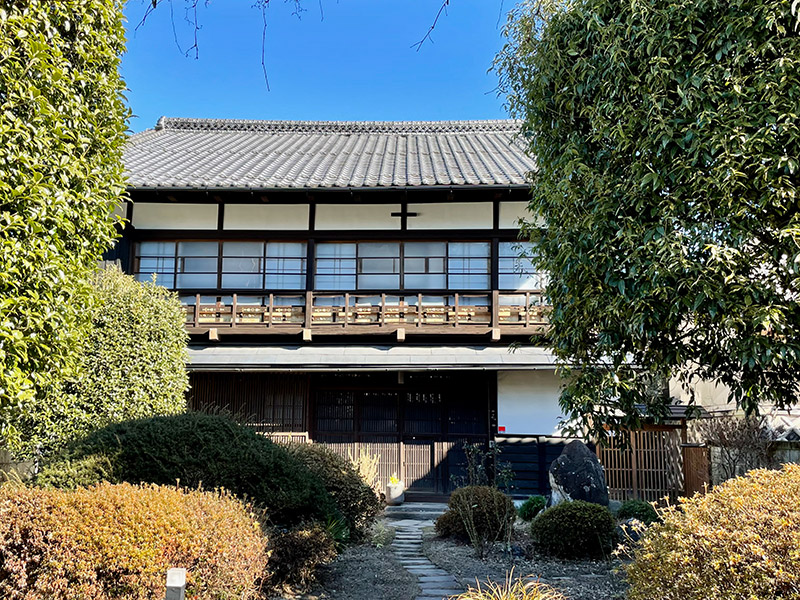
Mt. Haneishi watches over the town in the distance. The Nakasendo passes over this mountain and Usui Pass before reaching Karuizawa-juku. Sakamoto-juku sits at an elevation of about 450 meters, and Kumano Shrine, which sits at the top of Usui Pass, sits at 1,200 meters. The trek covers a difference in elevation of about 750 meters. Imagine what travelers in the Edo period felt as they gazed upon the mountain while crossing the pass.
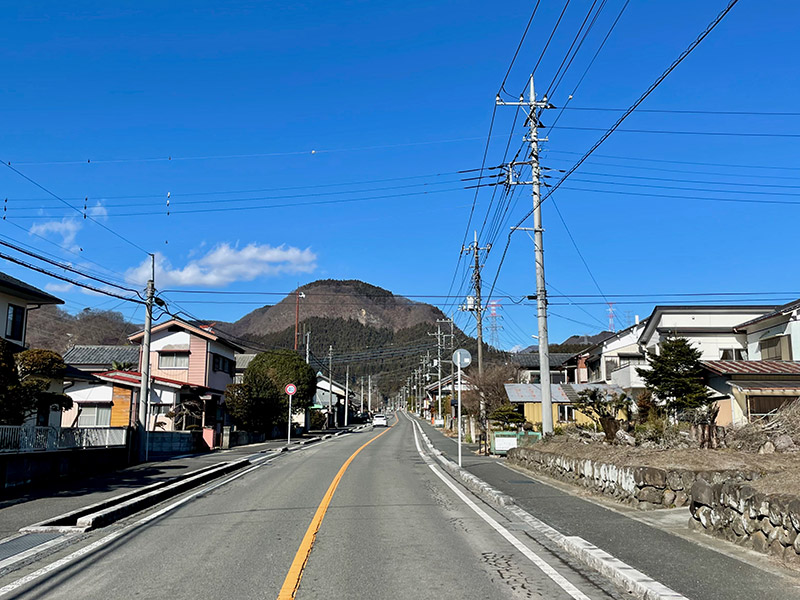
Crossing Usui Pass
The walk from Yokokawa Station, passing through Sakamoto-juku on the way to the Usui Pass trailhead, is about 4km and takes about an hour.
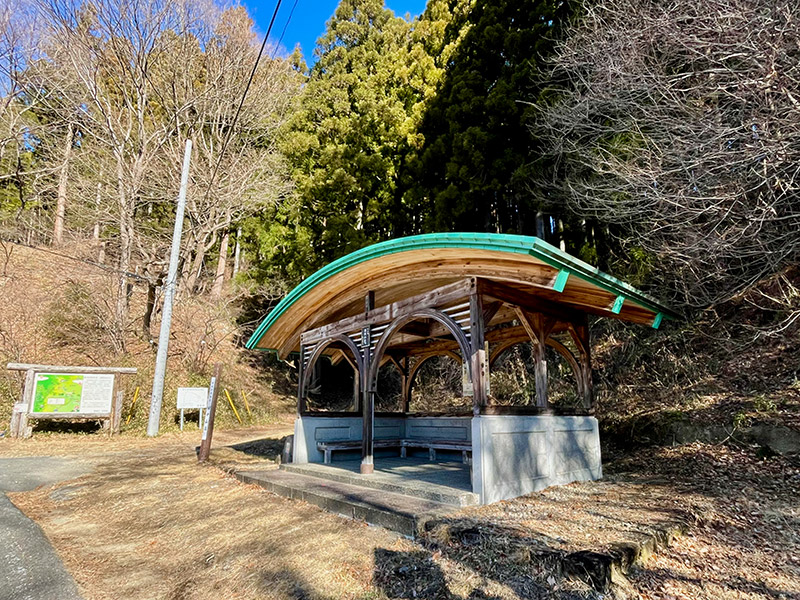
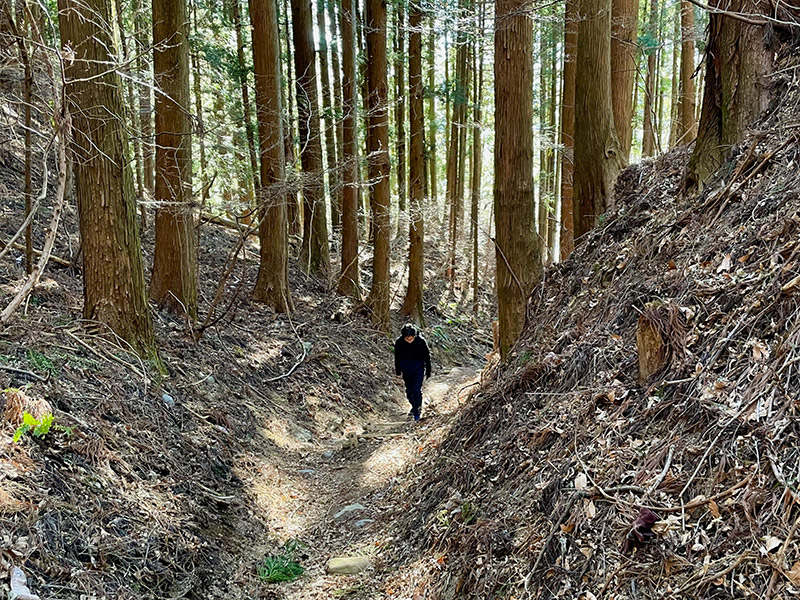
Starting at the entrance, the first part of the trail is steep and mountainous but gets easier when you reach the latter half. Do your best to push through the early part. After hiking for about 45 minutes is a spot with an open view of the mountains called Nozoki. Here you can see the Nakasendo and the townscape of Sakamoto-juku spread out before you.
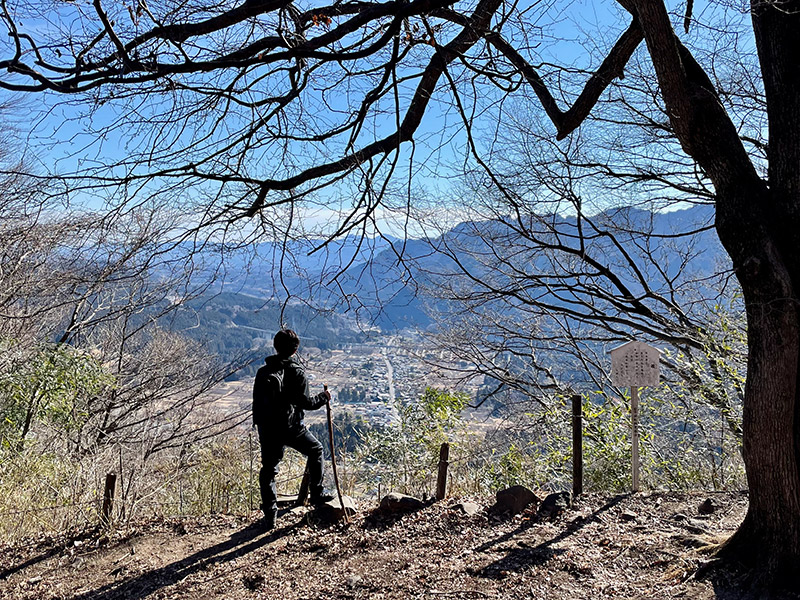
After passing by Nozoki and continuing for another 15 minutes, you’ll reach the 909-meter-high summit of Mt. Haneishi. Back in the day, four teahouses operated here for travelers to take a rest. Now, there is a small, roofed rest area with notebooks for hikers to write down their memories. The notebooks contain passages in various languages recording the excitement of walking this beautiful pass.
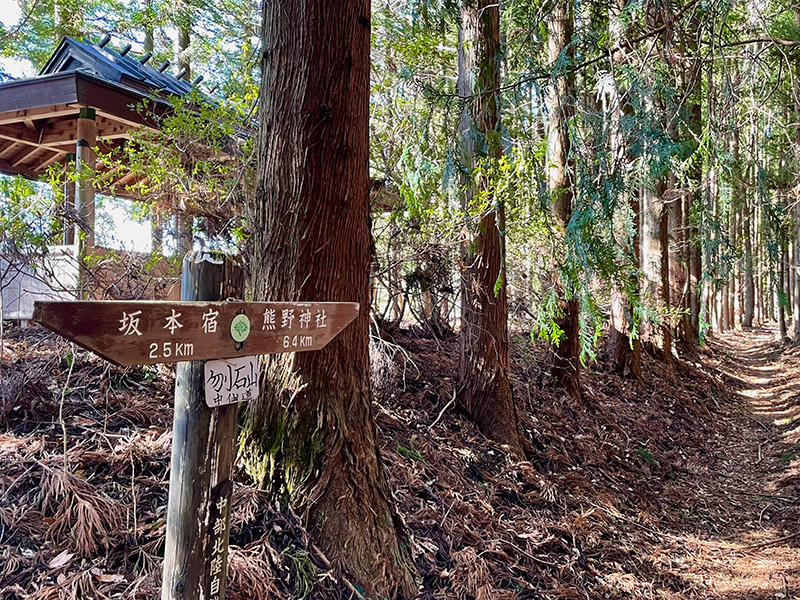
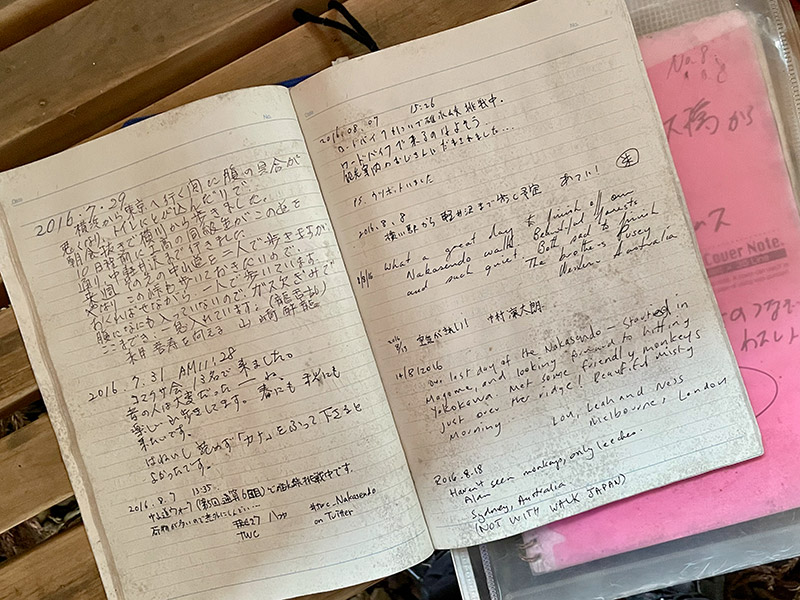
It takes another two hours from this rest stop to Kumano Shrine at the top of Usui Pass. This stretch is long but with a gentle incline, and small remnants of old teahouses and medieval battlefields can be seen. The cypress-lined forest path takes you back to the Edo period, and the cliffside paths lend a sense of adventure, and depending on the time of year snow can be seen. The scenery is varied as you walk, and it will never leave you bored.
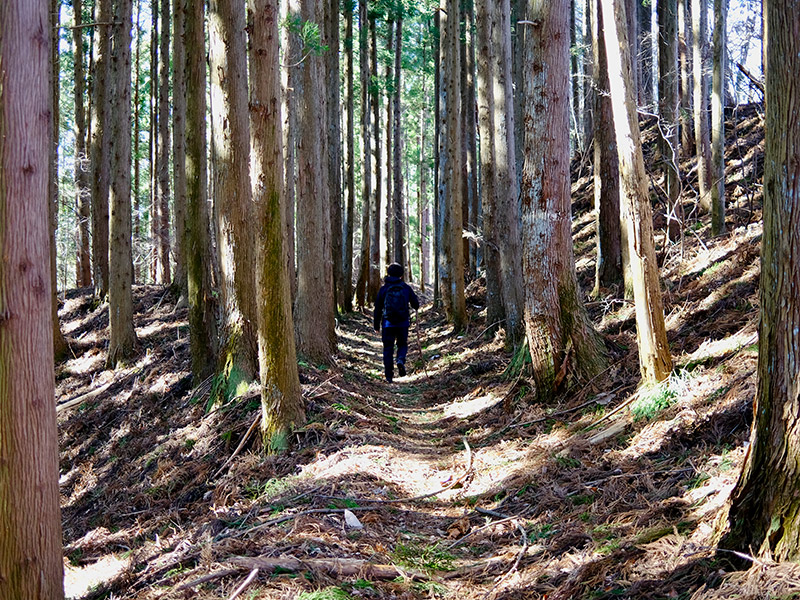
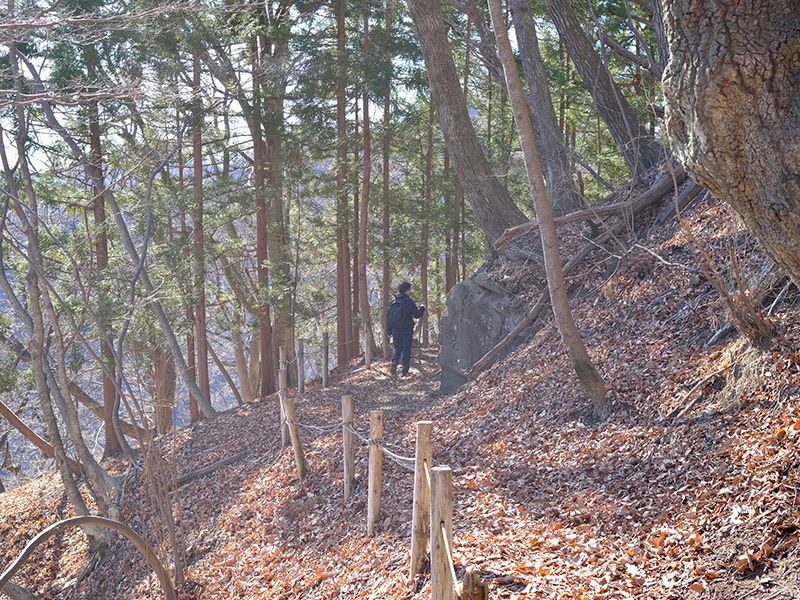
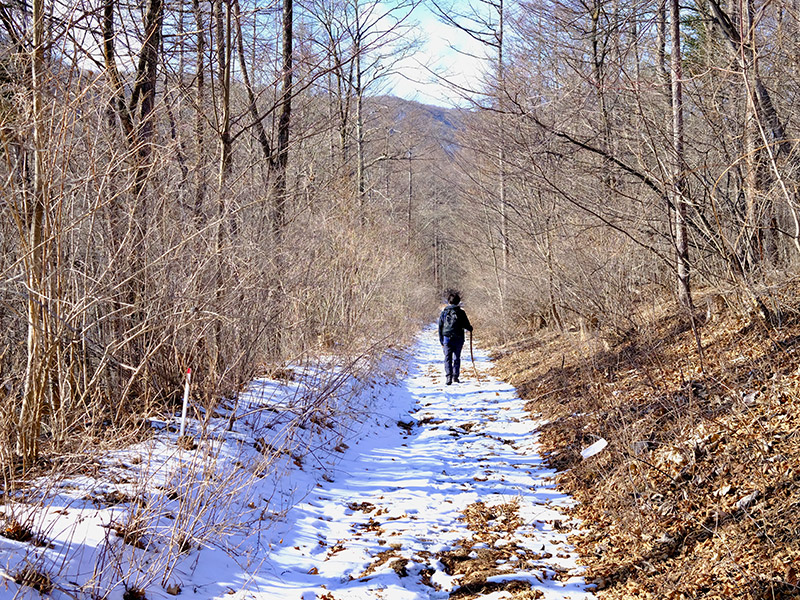
Arriving at the Top of Usui Pass
About three to four hours from the entrance of Usui Pass to Kumano Shrine at the top of Usui Pass (four to five hours from Yokogawa Station). The hike is long but satisfying. First, take a break with some Chikara-mochi, a simple Japanese sweet made from rice cake and red bean paste. It is a subtly sweet snack once served in the many teahouses lining the path, and perfect after a long hike. Several teahouses around Kumano Shrine serve Chikara-mochi. Shige-no-ya is right in front of the shrine, and the owner, Mr. Mizusawa, doubles as the Shinto priest of the shrine. The teahouse has been in operation for 300 years offering hospitality to travelers of the Nakasendo since the Edo period.
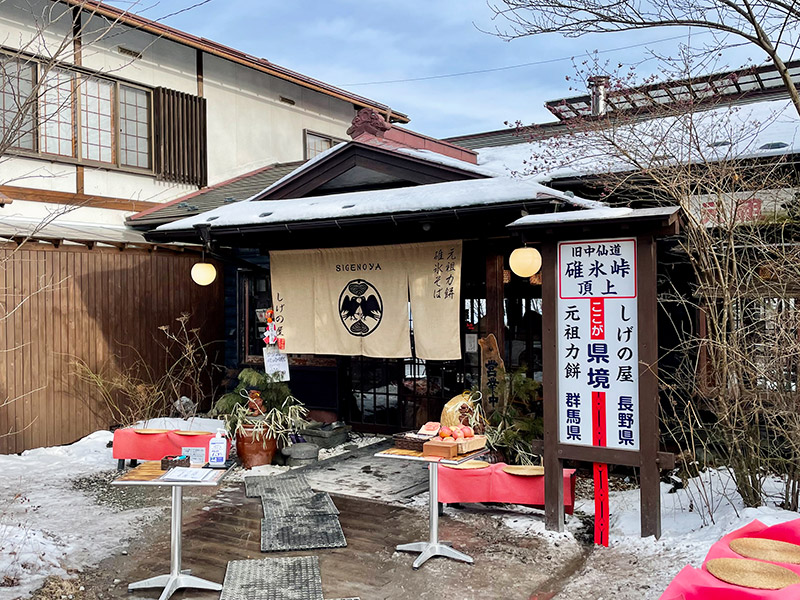
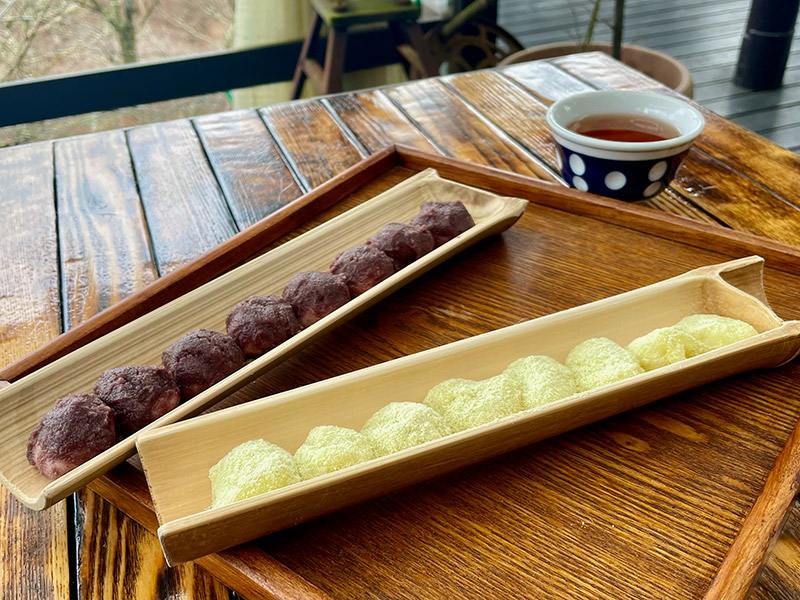
A red line runs across the street from the inside of Shige-no-ya to Kumano Shrine, marking the border between Gunma and Nagano prefectures. If you walk the line you’ll be in two prefectures at the same time. It’s also interesting to note that Kumano Shrine has an address Nagano and another for Gunma as well as separate offering boxes for each prefecture.
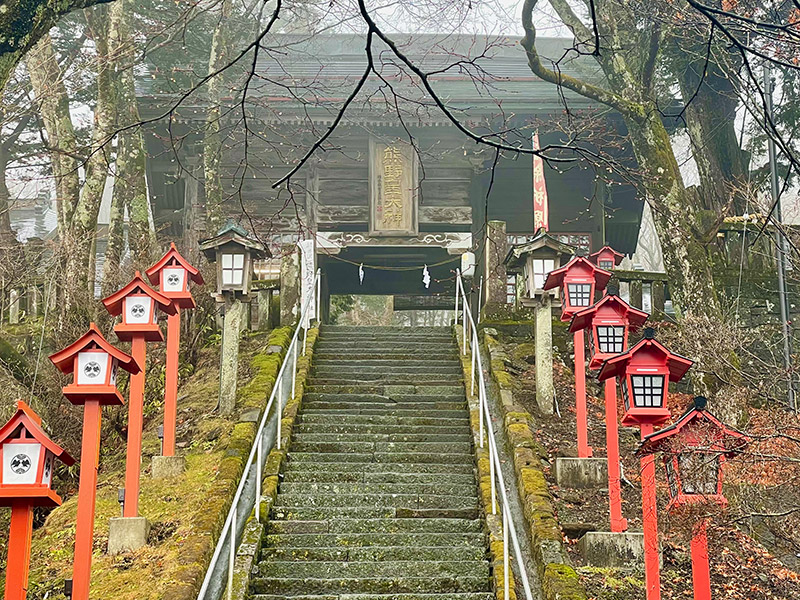
Further down from Kumano Shrine is an observation deck with beautiful views of the mountains. It’s easy to drive from Karuizawa to the observation deck, but the satisfaction of hiking here is hard to beat.

Entering Karuizawa-juku
Continuing down the road from the observation platform is Karuizawa-juku, once a large post town with a Honjin (main inn) and four Wakihonjin (secondary inns). Not much remains of them, but it is said that Tsuruya Ryokan operated under the name Hatago Tsuruya during the Edo period. And the area it is in has the feel of the Karuizawa of old.
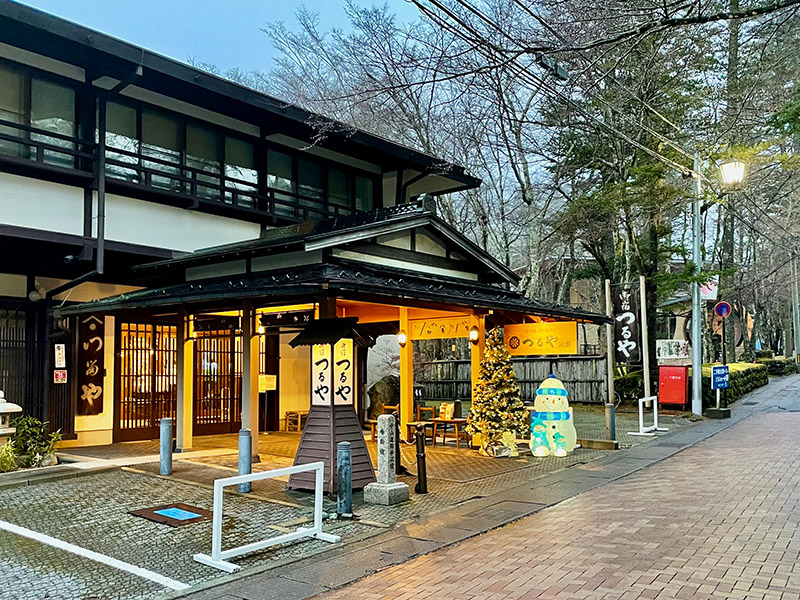
Modernization brought a new road that circumvented Usui pass, ending Karuizawa’s role as a post town. In the summer of 1895, Alexander Croft Shaw, a Canadian missionary, visited this area with his friend. Shaw likened Karuizawa to a “Hospital without a roof” because it was cool, even in the summer. He liked Karuizawa so much that he built the first villa in the town. Shaw’s home has been restored as Shaw House and is behind the memorial chapel.
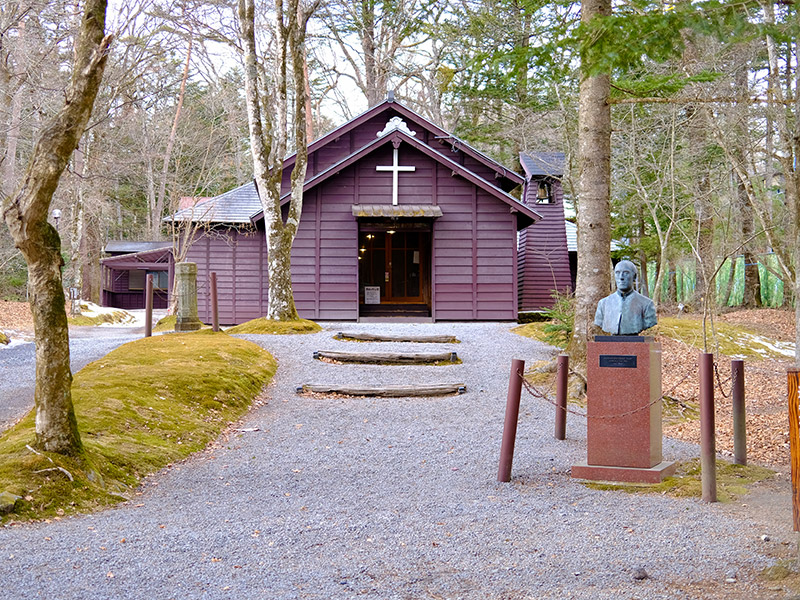
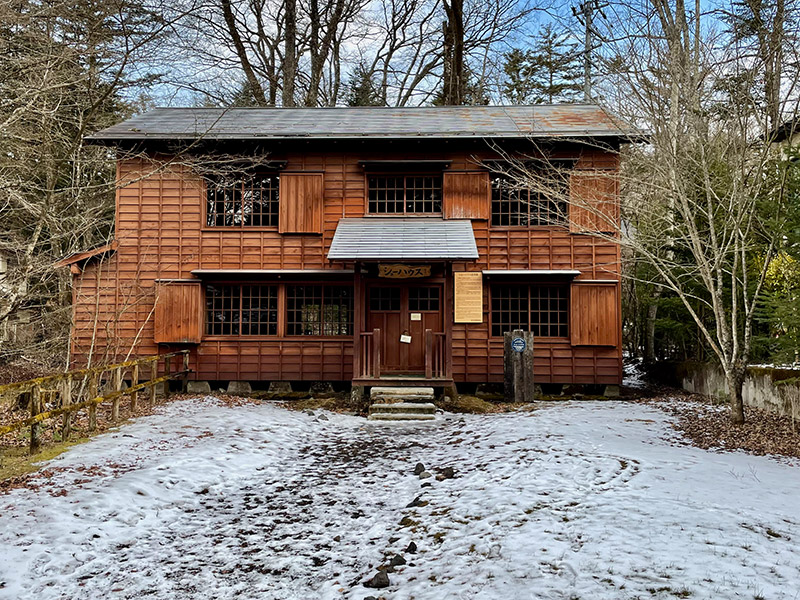
Mampei Sato was the owner of Kameya, the inn where Shaw stayed on his first visit. His encounter with Shaw taught him about Western culture and hospitality. He renovated his inn into a western-style hotel and renamed it the Mampei Hotel. It became one of the most famous hotels in Karuizawa and has hosted many famous people, including John Lennon.

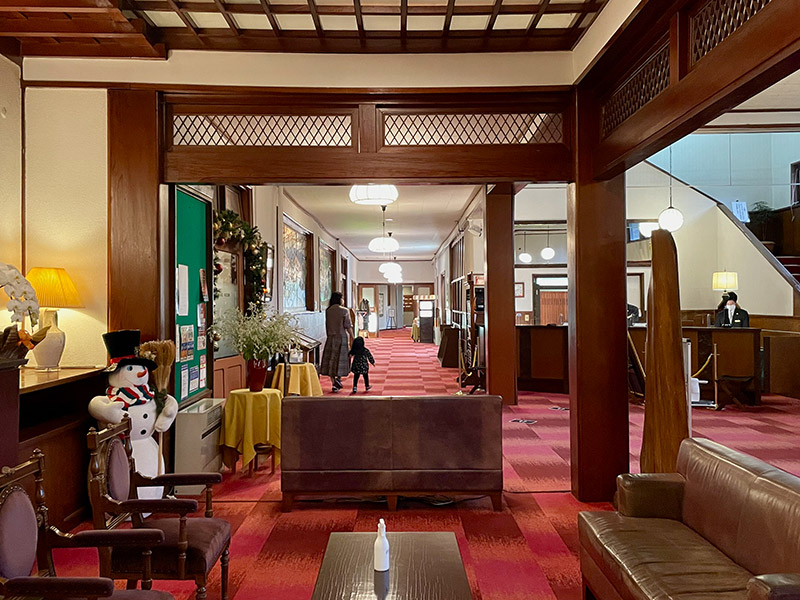
Conclusion
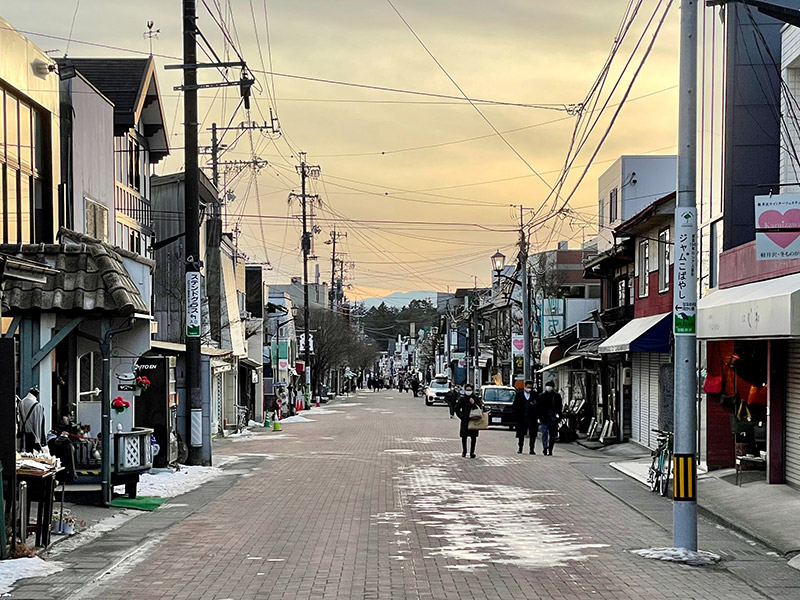
The hike through Usui Pass connects you with nature and immerses visitors in Japan's past. Once you reach the post town of Karuizawa-juku, the stylish hotels, villas, and historic churches found around the town create a unique landscape and atmosphere. Casually taking in the atmosphere and the sense of accomplishment you get from walking along the Nakasendo route is fantastic.
Time required
Yokokawa Station—Usui Pass trailhead: 1 hour
Usui Pass trailhead—Kumano Shrine: 3 to 4 hours
Kumano Shrine—Kyu-Karuizawa Ginza: 1 hour
Kyu-Karuizawa Ginza—Karuizawa Station: 30 minutes
Total time required: 5 to 6 hours (*excluding time for sightseeing and meals)
Total walking distance: 17 km
Update:2022/03/04




